New waterfowl program leader Leach fulfills outdoor calling
BY Jim Harris
ON 06-14-2023
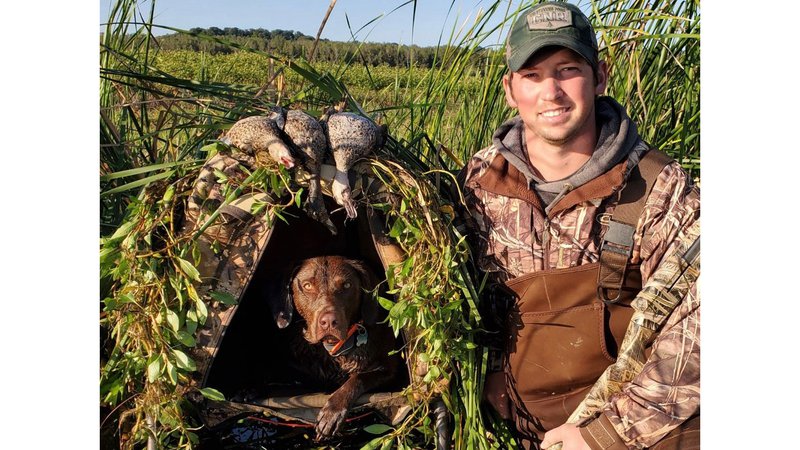
June 14, 2023
Jim Harris
Managing Editor Arkansas Wildlife Magazine
LITTLE ROCK — When Luke Naylor was promoted last summer to the Arkansas Game and Fish Commission’s Wildlife Management Division chief, it meant that one of his tougher chores would be finding his own replacement for waterfowl program coordinator, a key agency post he held for 16 years.
Whether it was handling media duties in discussing duck season with state and national writers and broadcasters, addressing the aging infrastructure throughout the state’s greentree reservoirs, or providing the science that helped the Commission decide on waterfowl hunting regulations, Naylor had become synonymous with Arkansas duck hunting, not only in state, but with many nonresident visitors.
Brett Leach, who grew up in Wisconsin and was studying for his master’s degree at the University of Missouri at Columbia when the AGFC waterfowl program coordinator job notice was posted, said, “I definitely had heard of him, between conferences and Flyway meetings, and I got to know him a little bit then. My (college) adviser knew Luke pretty well. The waterfowl field is pretty small so everybody knows everybody … I was encouraged by a couple of people to apply.”
Leach interviewed, and in October he was chosen as the newest leader of the AGFC’s waterfowl program. His official first day in the office was delayed to Jan. 8 so he could continue working on his master’s degree in Missouri. The classwork is done, but he was still finishing up his master’s thesis while moving into his office in Wildlife Management at the AGFC headquarters this spring.
Having spent some recent years post-graduation working in Louisiana on waterfowl projects, the De Pere, Wisconsin, native and 2015 graduate of the University of Wisconsin-Stevens Point said, “I definitely knew I wanted to get back down to the (waterfowl) wintering grounds. I thought, what better place than Arkansas with all the mallards and everything.”
He’s also well aware of the high bar set for his job. “It’s some big shoes to fill,” Leach said of Naylor. “But just having him here a few office doors down the hall is definitely a help in the transition. I know he’s going to be able to provide guidance whenever I need guidance. Overall I feel pretty good about it.”
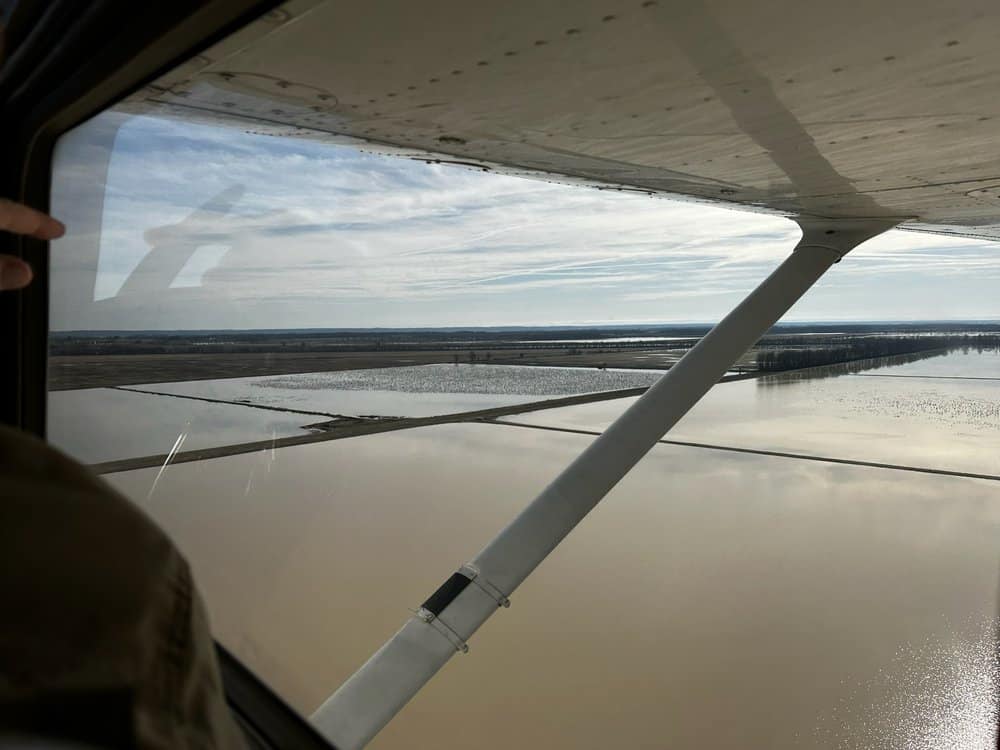
In his first month on the job, the 30-year-old Leach went flying with AGFC biologists Jason Carbaugh, Alex Zachary and Cameron Tatom in the second January aerial waterfowl survey, a major surveillance effort of duck numbers migrating through Arkansas. The soft-spoken Leach lights up when recalling his first survey flights and covering about half of the state.
“I thought it was pretty cool,” he said. “It was my first time to get up and do the actual aerial surveys. Prior to that I was only up in a small airplane once and that was doing some telemetry for one day, up in Wisconsin. It was good to learn from those guys and just be able to see the true number of birds across the landscape.”
Leach said he grew up interested in “pretty much everything” that got him outside. In college, he found an interest specifically in waterfowl after joining a student group that did waterfowl counts and looked at issues faced by duck hunters in his state. Taking his bachelor’s degree in wildlife ecology, research and management, Leach said the next few years “I kind of hopped all over the U.S., mostly focusing on waterfowl.” He went from the graduation line at Stevens Point to North Dakota where he spent the summer with Ducks Unlimited helping with duck pair and brood surveys. His next couple of summers found him working with the Minnesota Department of Natural Resources on their duck banding crew before he hit Nebraska, where he worked on a northern bobwhite telemetry project studying winter stress. He was back in Wisconsin after that, working for a grad student at Stevens Point who was studying wood ducks using telemetry.
“And I worked three winters down in Louisiana for the Louisiana Department of Wildlife and Fisheries working on a greater white-fronted goose telemetry project studying their habitat use,” he said.
The telemetry work with the geese, he said, involved capturing birds and placing GPS trackers on them. The trackers sent location data through cellular towers and the team could download the data from an online control panel, so they could visit every used location and classify the habitats the geese were using.
The goose project work in Louisiana led to a few visits into Arkansas to trap specklebellies, which marked his first time to see the state and would ultimately play a part in his decision to apply for the AGFC opening.
But before that happened, while in Louisiana, he was asked by the agency there if he wanted to pursue a master’s degree. “They had a project they were starting with blue-winged teal, so that’s when I ended up going up to the University of Missouri in the fall of 2020,” he said.
While he learns the lay of the land, both at AGFC headquarters and out in the waterfowl wetlands, Leach said he hopes to get involved with the Mississippi Flyway Council’s arctic goose banding to eventually see the breeding grounds of Canada up close “since we are an important state for arctic geese.” He said Naylor “has been slowly passing things off to me, so it’s just trying to figure this all out.”
De Pere, Wisconsin, is right outside of Green Bay, home of the NFL’s Packers and the frozen tundra of Lambeau Field. Leach admitted he’s a fan. “Oh yeah, you kind of have to be when you’re that close to the stadium. It’s like a 15-minute drive to get there. When I lived up there I tried to get to a game every year.”
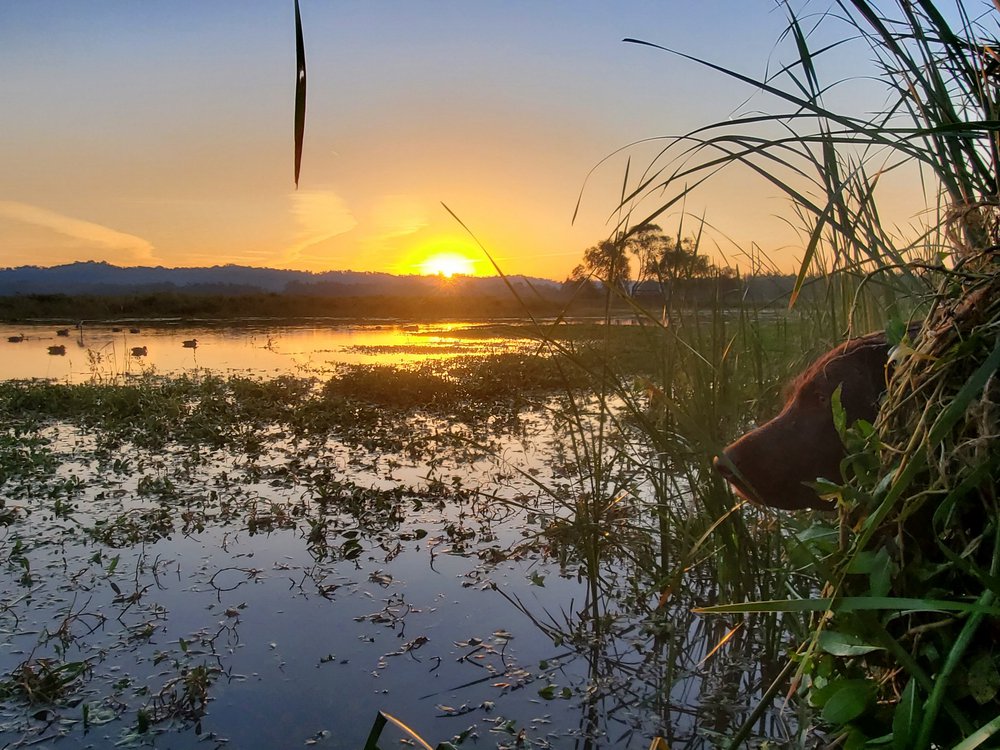
Recent News
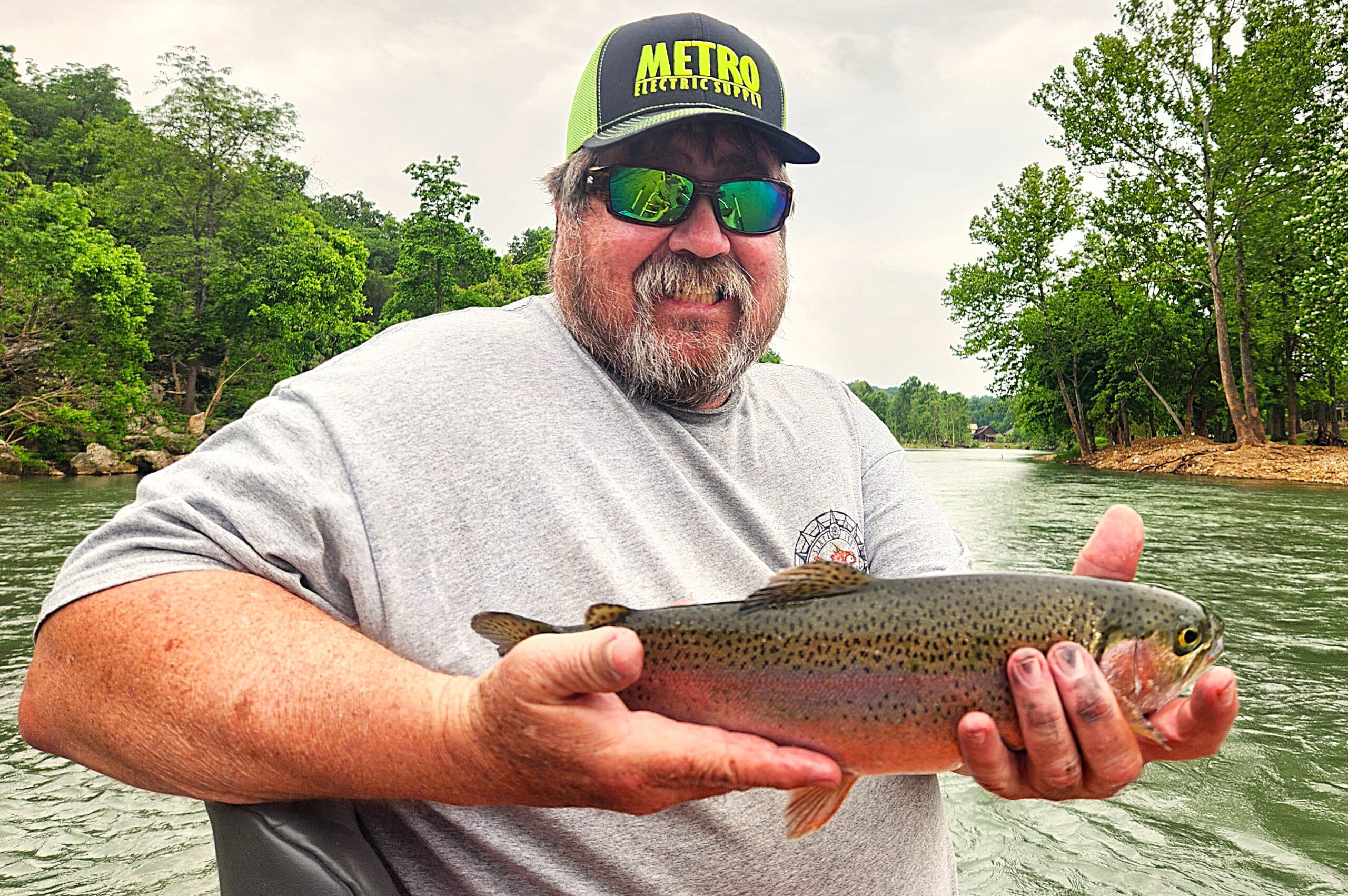
Arkansas Wildlife Weekly Fishing Report
Jun. 26, 2025
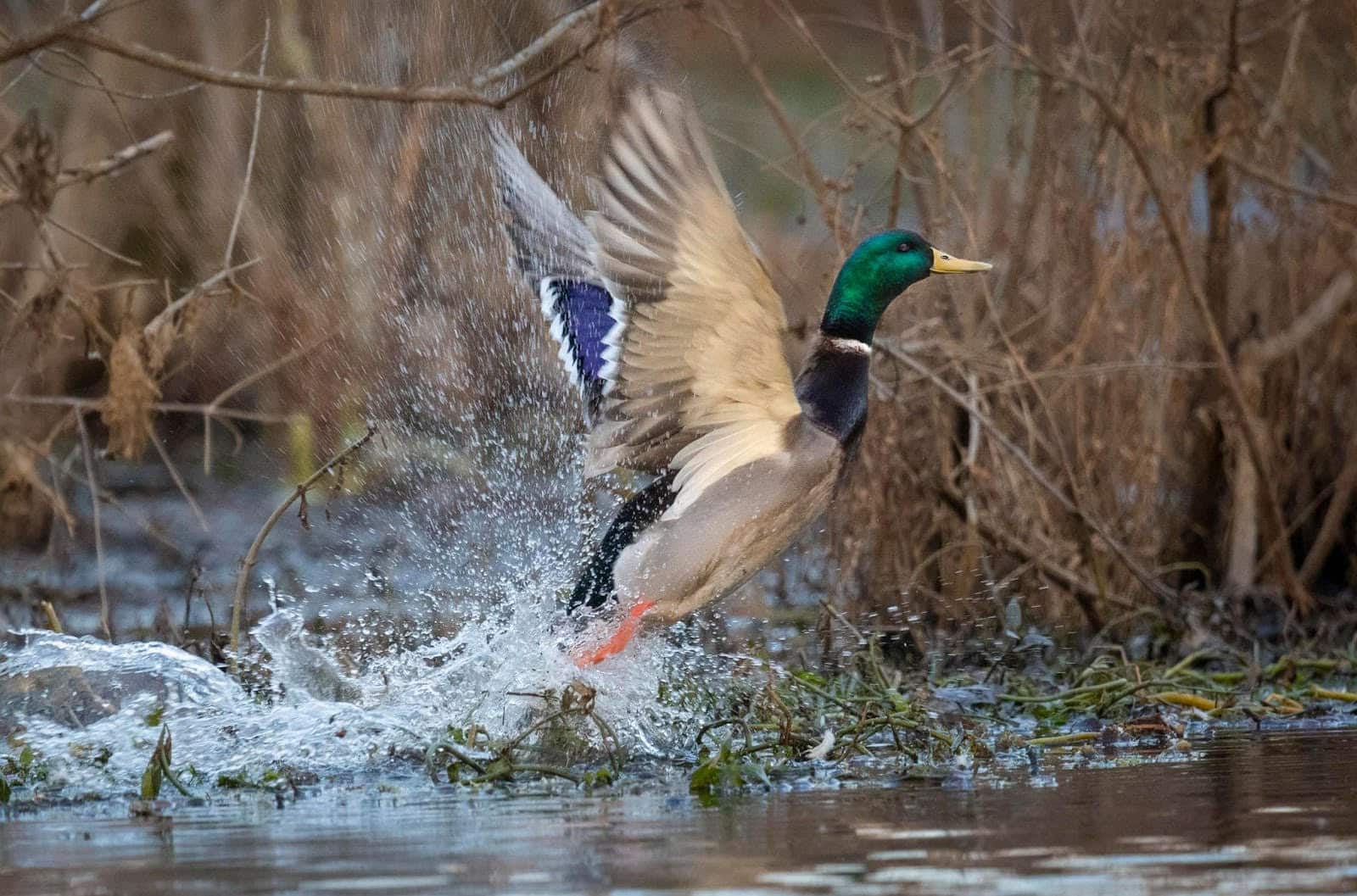
2025-26 Federal Duck Stamp reveal Friday
Jun. 26, 2025
Subscribe to Our Weekly Newsletter E-mails
Don’t miss another issue. Sign up now to receive the AGFC Wildlife Weekly Newsletter in your mailbox every Wednesday afternoon (Waterfowl Reports are published weekly during waterfowl season and periodically outside the season). Fishing Reports arrive on Thursdays. Fill in the following fields and hit submit. Thanks, and welcome!
